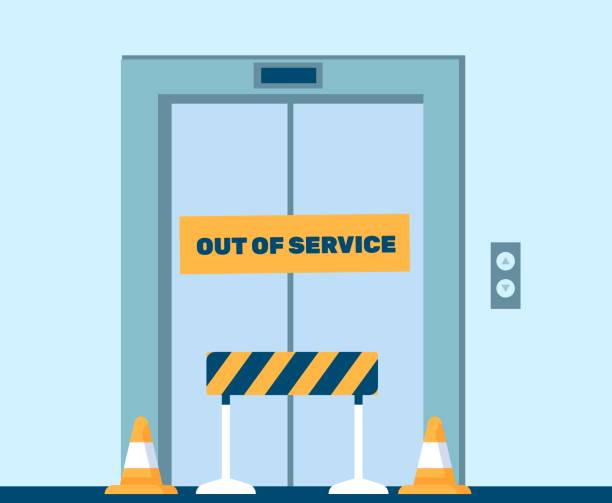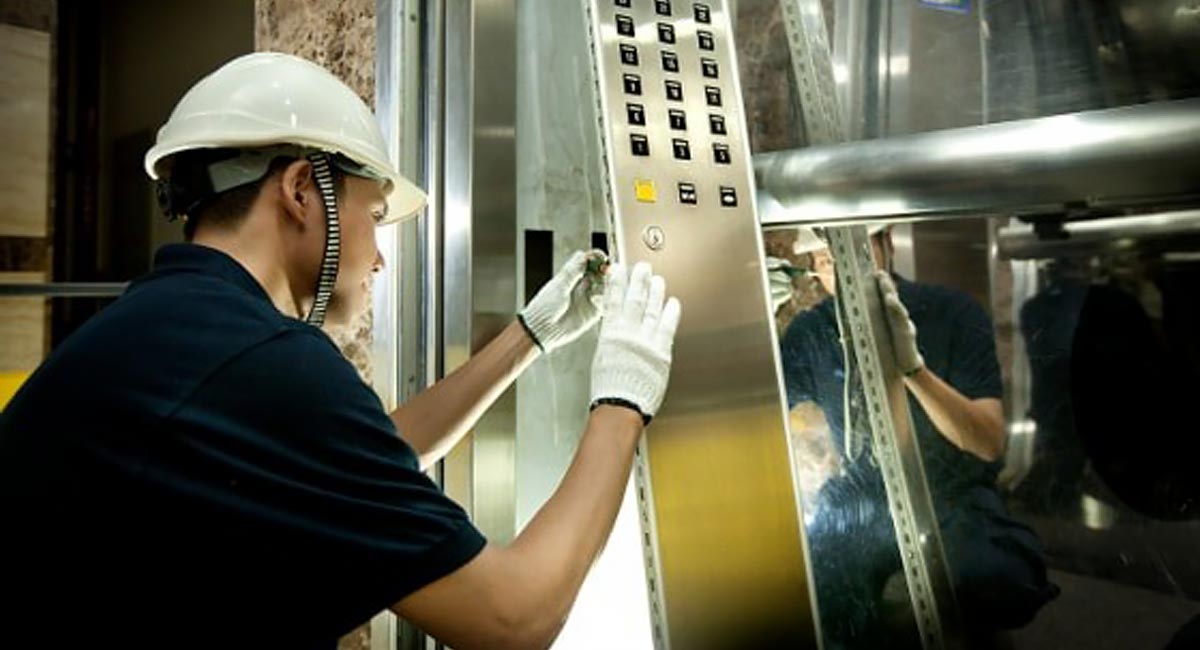Searching For Reliable Lift Maintenance London Services and Repair Companies Near Me
Searching For Reliable Lift Maintenance London Services and Repair Companies Near Me
Blog Article
Comprehensive Guide to Lift Solutions and Their Upkeep
Browsing the elaborate world of lift systems and their upkeep is a task that requires precision and knowledge. From the different kinds of lift systems in use to the meticulous adherence to safety laws, the upkeep of these vertical transport devices is a complex endeavor. As structures soar greater and technology advances, the demand for an extensive understanding of lift systems ends up being increasingly critical. Join us as we decipher the intricacies of elevator upkeep, exploring usual issues, ideal practices, and innovative technologies that shape the modern-day landscape of vertical transport.
Sorts Of Elevator Solutions
Lift systems come in different kinds, each designed to suit certain structure requirements and user requirements. One of the most usual types include hydraulic lifts, grip lifts, machine-room-less lifts, and vacuum elevators. Hydraulic elevators are suitable for low-rise structures and use a hydraulic piston to relocate the lift auto. Grip lifts, on the various other hand, are more suited for high-rise buildings and utilize steel ropes and weights to move the vehicle. Machine-room-less elevators are a space-saving choice as they do not need a separate maker space for the elevator machinery. Vacuum elevators, a much more modern-day technology, usage air stress differentials to relocate the auto within a clear tube.
Each sort of lift system has its very own benefits and downsides, making it crucial for structure owners and developers to thoroughly consider their particular needs prior to choosing the most ideal alternative. Aspects such as developing height, room accessibility, energy performance, and budget plan constraints all play a significant role in establishing the most effective elevator system for a specific building.
Typical Upkeep Issues
Routine upkeep of elevator systems is necessary to make certain smooth operation and extend their life-span. In spite of regular maintenance, elevator systems can still run into typical upkeep problems that require to be without delay addressed to stop interruptions in solution. Among one of the most frequent concerns is door breakdowns. Elevator doors might get misaligned, resulting in issues with opening and closing properly. This can cause delays and security threats, needing prompt focus from maintenance professionals. One more typical trouble is connected to the elevator's leveling precision. Guests might experience tripping hazards and discomfort if the elevator does not align properly with the floors. Furthermore, problems with the control system, such as sensing unit issues or electric problems, can trigger the lift to malfunction or quit working entirely. Routine assessments and aggressive upkeep can assist determine and settle these usual upkeep issues prior to they rise and influence the total efficiency of the elevator system.
Safety Rules and Compliance
Complying with rigorous safety regulations and ensuring conformity with sector criteria are vital for maintaining the functional stability of lift systems. Elevators are subject to a detailed set of safety and security policies to redirected here safeguard travelers, maintenance workers, and the public. Governing bodies such as the Occupational Safety and Wellness Administration (OSHA) in the United States and the European Lift Association (ELA) in Europe develop guidelines that cover different aspects of elevator layout, setup, procedure, and maintenance.
Compliance with these policies is not just a legal demand yet also an ethical commitment for building owners and lift upkeep companies. Failure to fulfill safety requirements can cause penalties, legal obligations, and, most notably, threaten the safety of individuals making use of the lift. Routine assessments, upkeep checks, and adherence to safety and security protocols described in the guidelines are necessary to guarantee the reliable and secure procedure of lift systems. By prioritizing safety guidelines and compliance, stakeholders can promote the trust fund of the public and mitigate potential risks related to elevator use.
Ideal Practices for Maintenance

One more crucial finest method is to quickly address any noted problems or unusual noises to stop more damage. useful site Executing a proactive strategy to maintenance can save time and cash over time by avoiding pricey repair services or replacements. Building proprietors must also take into consideration spending in modernization upgrades to boost the effectiveness and safety of their lift systems. By following these ideal methods, lift systems can operate efficiently and securely, supplying dependable upright transportation for owners.

Advanced Technologies for Effectiveness
Implementing sophisticated technologies in lift systems can considerably enhance functional efficiency and passenger experience. lift engineer course. One of the key developments in elevator modern technology is the intro of destination control systems. These systems permit travelers to input their wanted flooring prior to entering the elevator, which then directs them to the most effective vehicle. By reducing unnecessary quits and enhancing travel paths, destination control systems minimize wait times and congestion in high-traffic structures.
In addition, the integration of smart sensing units and anticipating maintenance capabilities has revolutionized elevator upkeep. These sensors can identify potential issues prior to they escalate, allowing positive maintenance treatments and decreasing downtime. Additionally, making use of regenerative drives and energy-efficient components helps in reducing power consumption and operating expenses in lift systems.
Furthermore, the application of cloud-based surveillance and remote diagnostics enables real-time monitoring of elevator efficiency and instant troubleshooting of any kind of malfunctions. This positive approach not only improves system integrity but additionally enhances the overall user experience by making sure undisturbed and smooth lift procedures.
Conclusion
In conclusion, understanding the different kinds of elevator systems, typical maintenance concerns, safety policies, ideal upkeep techniques, and progressed modern technologies for efficiency is important for guaranteeing the smooth operation of lifts. By adhering to safety and security laws and executing best methods for maintenance, structure proprietors can prolong browse this site the life expectancy of their lift systems and guarantee the security of travelers. It is essential to remain upgraded on the latest advancements in elevator technology to boost efficiency and integrity.
The most typical types include hydraulic elevators, traction elevators, machine-room-less elevators, and vacuum lifts. Hydraulic elevators are perfect for low-rise structures and make use of a hydraulic piston to move the lift cars and truck. Machine-room-less lifts are a space-saving choice as they do not require a different device area for the elevator equipment. Normal inspections and aggressive maintenance can help recognize and deal with these common upkeep concerns before they intensify and influence the general efficiency of the elevator system.

Report this page